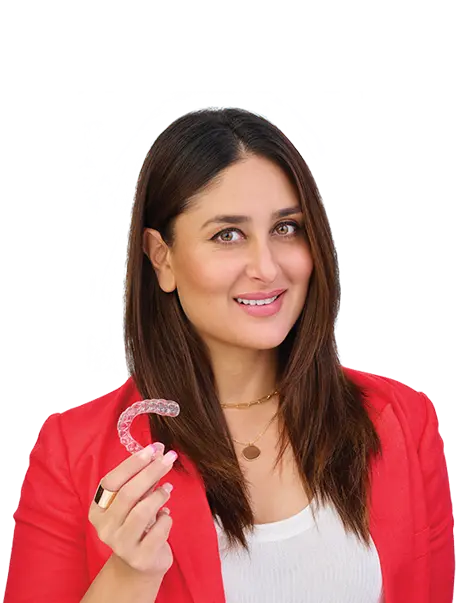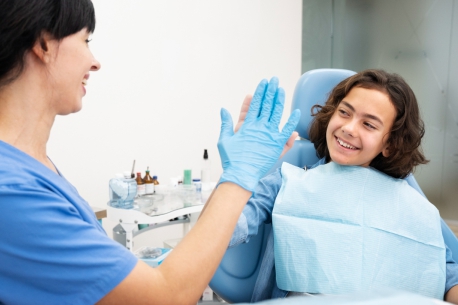Why give your patients the ILLUSION ALIGNERS advantage
How Illusion Aligners
Work for Dentists

Learn More About Our Process
2
IPR Info
Patients with tougher cases will require IPR (interproximal reduction) along with their aligner therapy to achieve their desired outcome.
For example, crowded teeth cannot move easily to new positions. Slightly reducing their proximal surfaces allows a minute degree of freedom to move when the aligners apply pressure.
IPR can be done by using a diamond strip, single-sided diamond bur, or double-sided diamond bur.
You can get 1, 2, or 3 mm of space after these procedures, which can be precisely measured by gauges. This unlocks the previously locked teeth to move freely.
The best technique to use a bur is to place it below the contact point from the buccal and travel toward the occlusal surface. For better esthetics, consider entering from the lingual side first. This is a minimally invasive procedure and causes little discomfort. Check for fully-broken contact using dental floss.
Attachments are tiny buttons on the surface of your teeth that help aligners move teeth effectively. These may be created by filling light-cured resin material in the aligners and bonding them to the tooth surface.
Here are a few tips that might come handy while bonding
Always begin with thorough scaling and polishing, this helps to exactly match the shade of the tooth.
Cure materials only after completely seating the tray. You can do that by asking the patient to chew on cotton rolls, bilaterally.
Avoid using sharps to prevent tearing of the aligner while removing the aligner after the material has set. Instead, use a broad-ended scaler. Remove excess with a finishing bur or a dental floss interproximally.











